- Home
- asana
asana
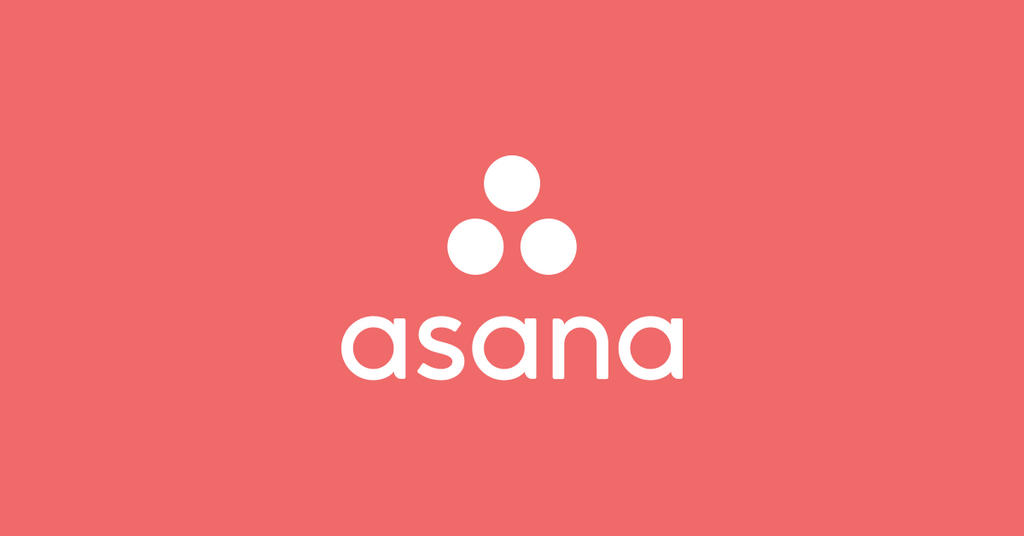
Asana Add a Story Comment Integration
$0.00
Understanding and Utilizing the Asana Add a Story Comment Integration API Endpoint Asana is a popular project management tool that helps teams coordinate and track their work. An essential feature of Asana is the ability to add comments to tasks, which are known as "stories" within the application. The Asana Add a Story Comment Integration API ...
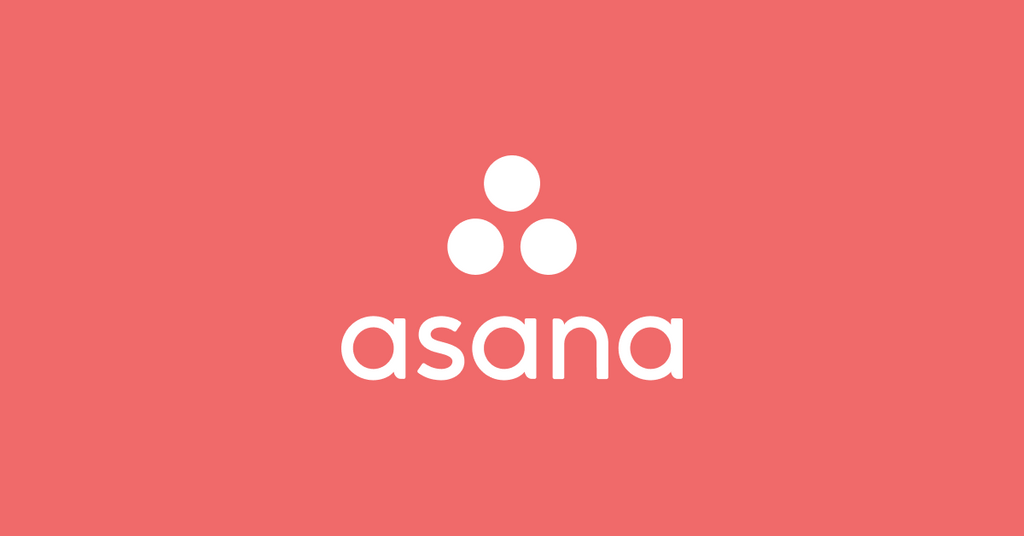
Asana Add a Task to a Project Integration
$0.00
The Asana "Add a Task to a Project" integration provides an API endpoint that allows developers to create new tasks and automatically assign them to a specific project within Asana, which is a popular project management tool. This API function is a key part of automating project workflows and enhances the ability to integrate Asana with other sy...
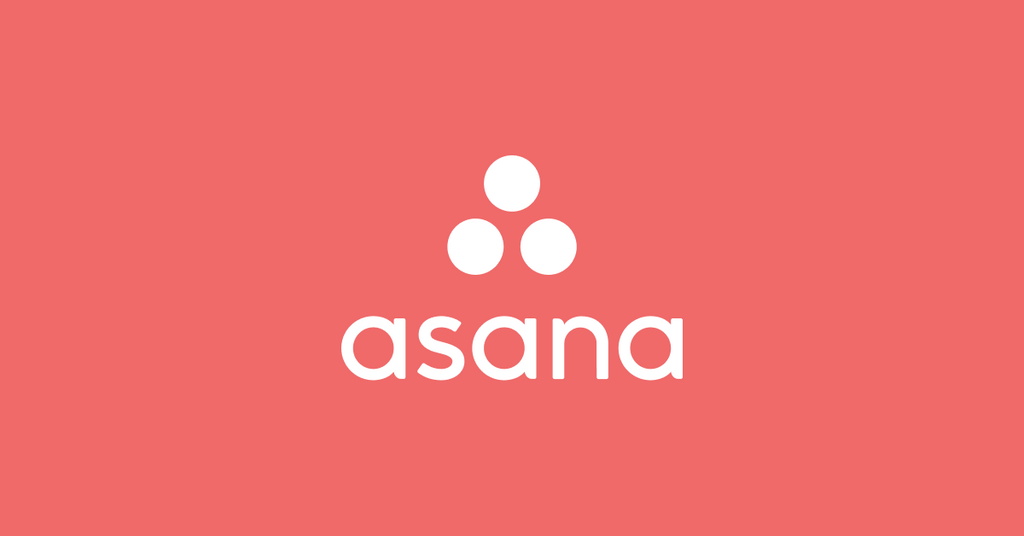
Asana Add a User to a Team Integration
$0.00
The Asana Add a User to a Team API endpoint is a part of Asana's robust platform, a web-based project management tool designed to help teams organize, track, and manage their work. This particular endpoint enables programmatic addition of users to a specified team within Asana. Integrating this API function into your workflow or applications c...
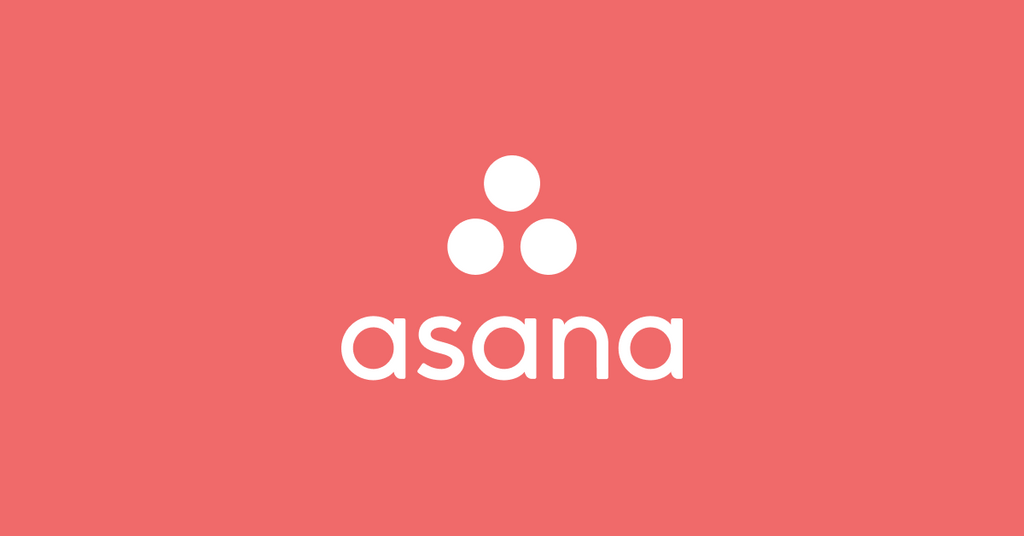
Asana Add an Option to a Custom Field Integration
$0.00
Asana API Custom Field Option Integration Explanation Understanding the Asana API Endpoint for Adding an Option to a Custom Field Asana, a popular project management tool, provides an API endpoint enabling users to add an option to a custom field. This functionality broadens the potential for personalizing project ...
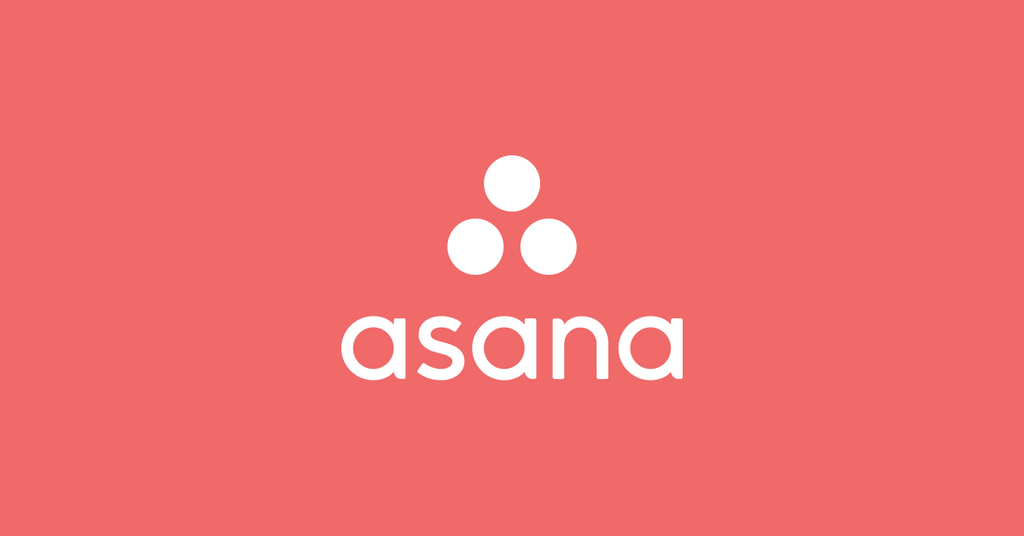
Asana Add Users to a Portfolio Integration
$0.00
Asana Add Users to a Portfolio Integration Asana is a popular project management tool designed to help teams organize, track, and manage their work. Among its many features, Asana allows users to create portfolios — collections of projects that offer high-level overviews of the work being done. Adding users to a portfolio can be a crucial funct...
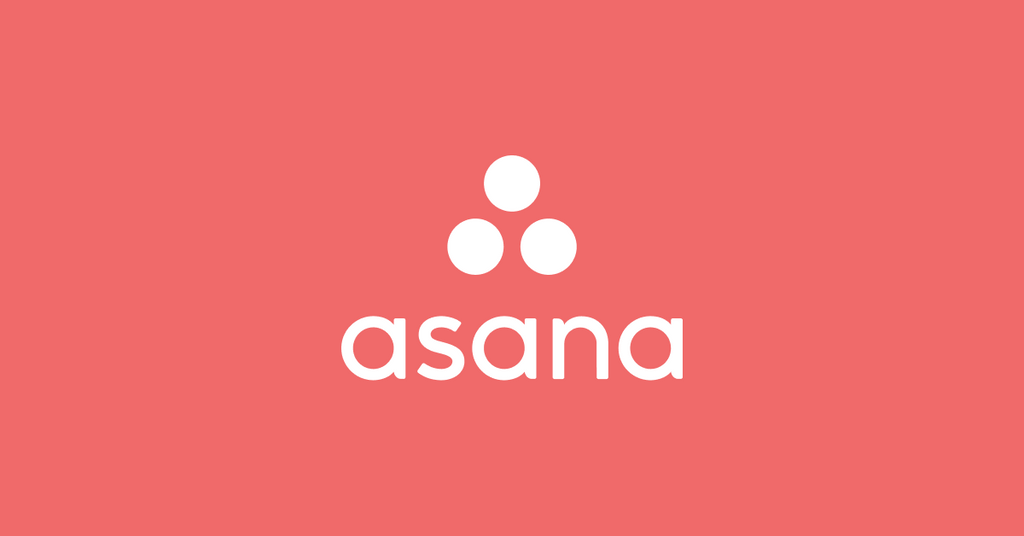
Asana Create a Custom Field Integration
$0.00
Capabilities of the Asana Create a Custom Field Integration API End Point The Asana Create a Custom Field Integration API endpoint is a powerful tool in the Asana Project Management Software that allows users to add custom fields to their projects or tasks. This feature is beneficial for teams and organizations as it enables them to tailor thei...
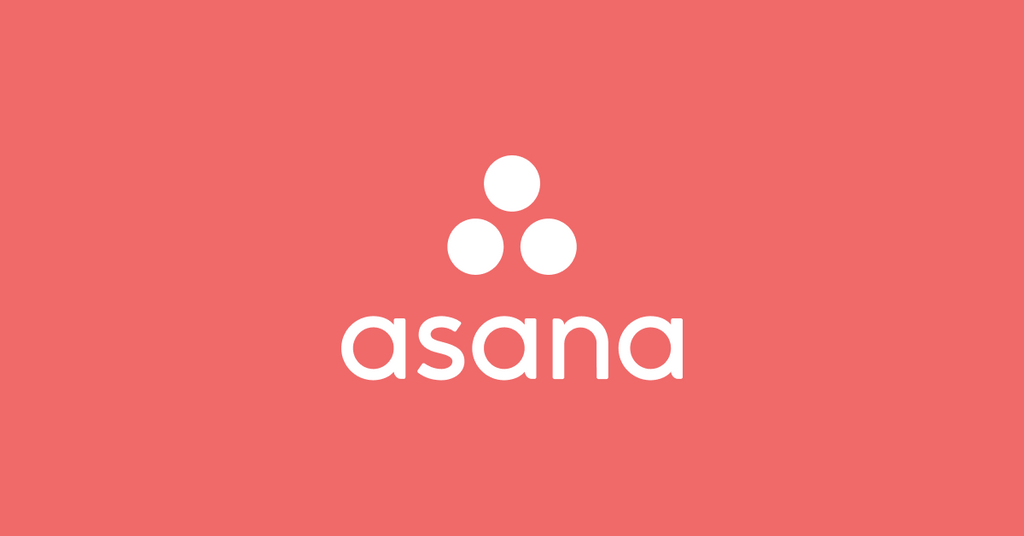
Asana Create a Portfolio Integration
$0.00
Asana is a project management tool designed to help teams organize, track, and manage their work. One of the features provided by Asana's robust API (Application Programming Interface) is the ability to create a portfolio through an endpoint described as "Asana Create a Portfolio Integration." This particular API endpoint allows external applica...
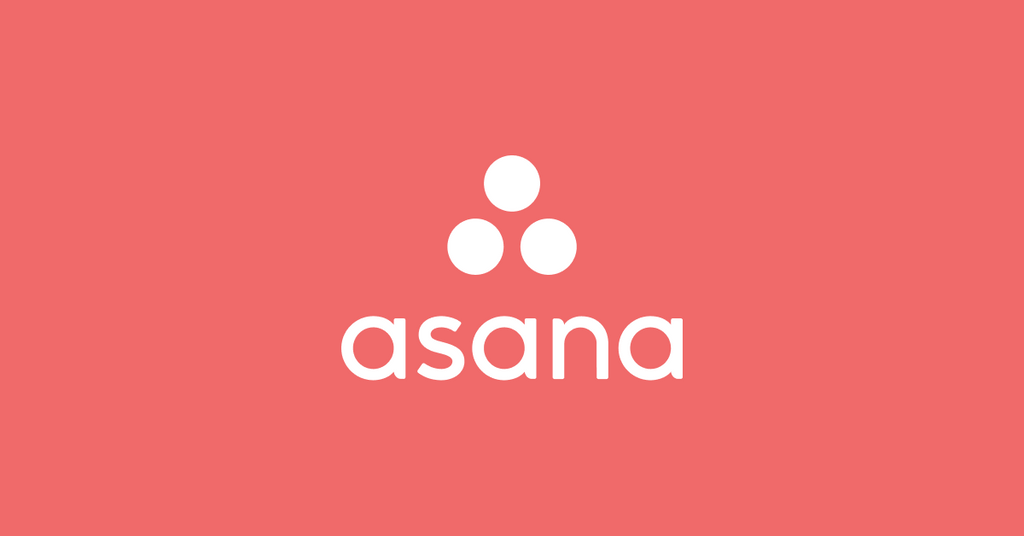
Asana Create a Project Integration
$0.00
Asana is a popular project management tool that enables teams and organizations to track their work, manage tasks, and achieve their objectives more effectively. To further enhance its capabilities and integrate with other services, Asana provides an API that allows developers to interact programmatically with its platform. The "Asana Create a ...
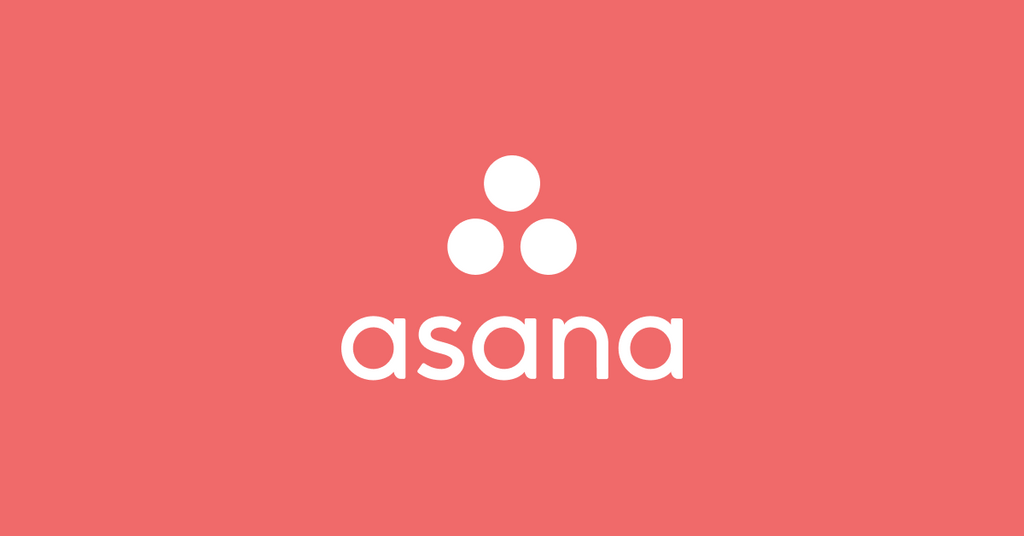
Asana Create a Project Section Integration
$0.00
Asana is a popular project management tool that helps teams organize, track, and manage their work. One of the features Asana offers is the ability to create project sections, which helps teams group related tasks within a project for better organization and clarity. The Asana API provides an endpoint to programmatically create a project sectio...
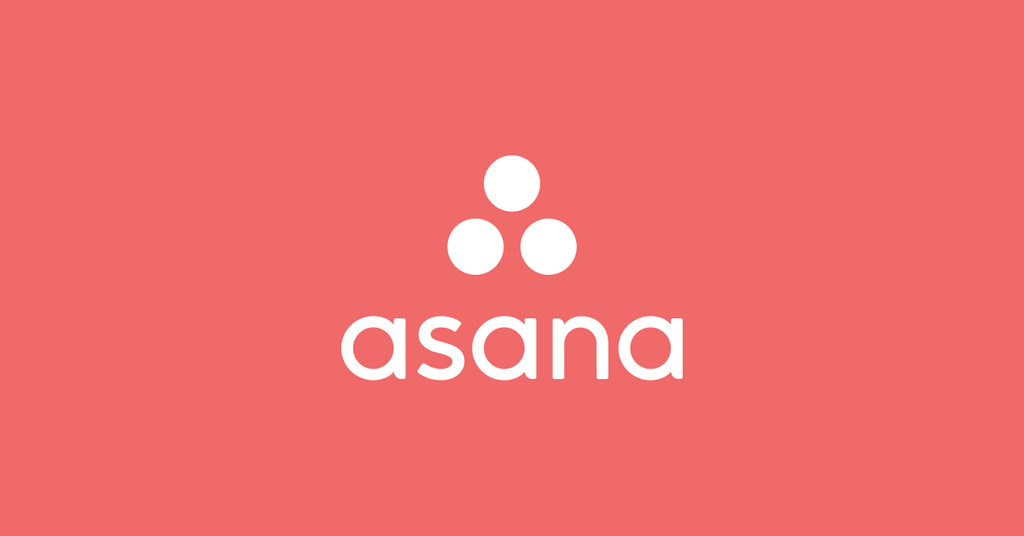
Asana Create a Project Status Integration
$0.00
Asana Create a Project Status Integration The Asana Create a Project Status Integration is an API endpoint provided by Asana, a popular project management tool used by teams to collaborate, organize, and track the progress of their work. This specific API endpoint allows developers to automate the creation of project statuses, which are updates...
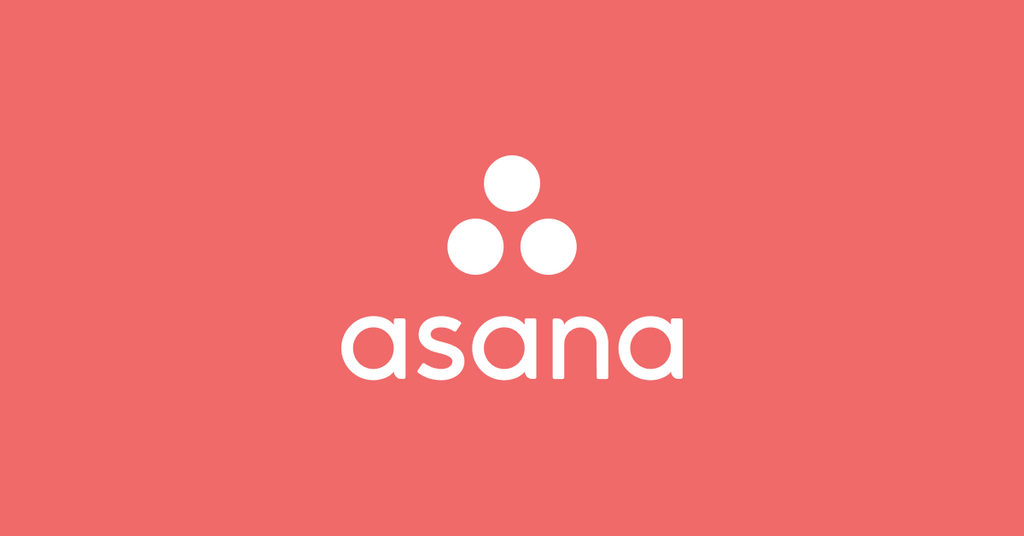
Asana Create a Tag Integration
$0.00
Understanding the Asana Create a Tag Integration API Endpoint The Asana API offers powerful features for integrating Asana's project management capabilities with other applications and services. One of these features is the ability to create tags through an API endpoint. A tag in Asana is a label that can be attached to tasks and projects, maki...
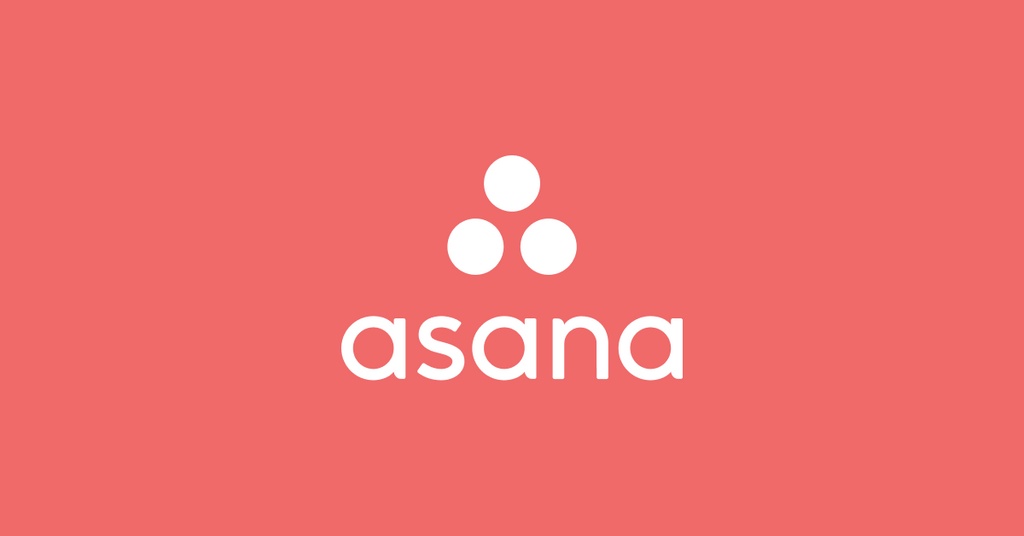
Asana Create a Task or a Subtask Integration
$0.00
The Asana Create a Task or a Subtask Integration is a powerful tool that developers can leverage to enhance their applications and workflows by directly interfacing with Asana, a widely used project management platform. By using this API endpoint, developers can programmatically create tasks and subtasks within Asana projects, which can be a key...
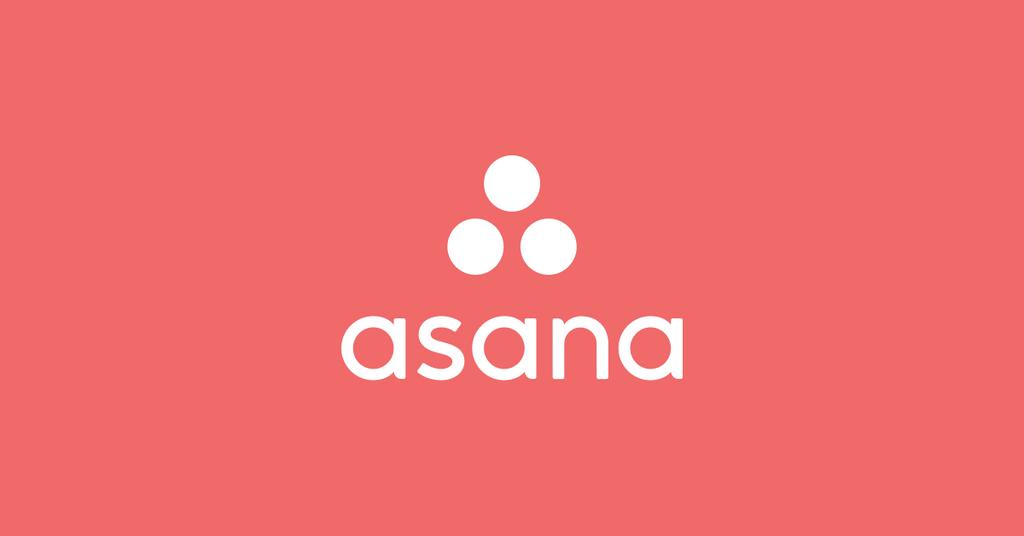
Asana Create a Team Integration
$0.00
The Asana Create a Team Integration endpoint in the Asana API allows developers to build applications that can create new teams within a user's Asana organization or workspace. The process involves sending a POST request with necessary details to Asana's API endpoint dedicated to team creation. This API call is particularly useful for automating...
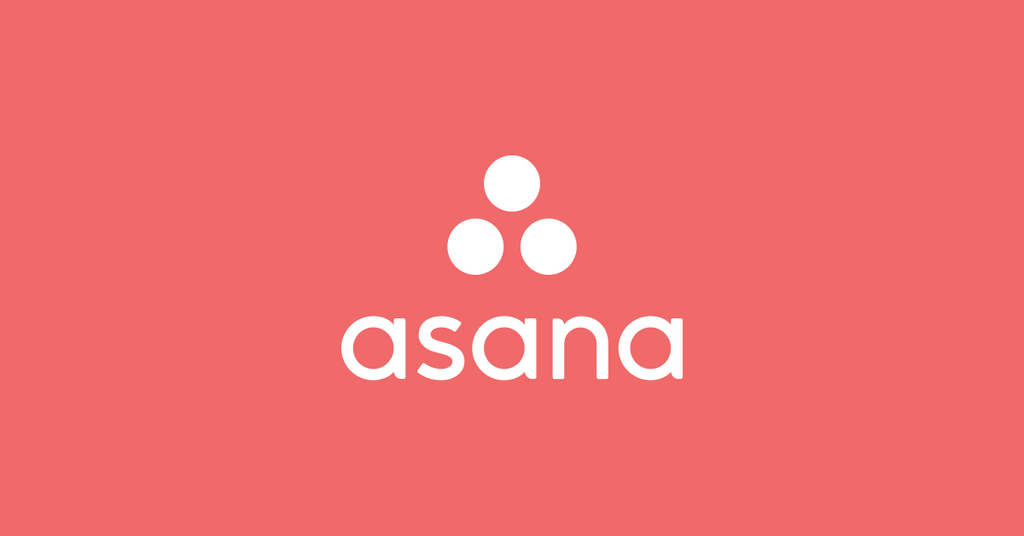
Asana Delete a Custom Field Integration
$0.00
Using the Asana API to Delete a Custom Field Integration The Asana API is a powerful tool for developers needing to integrate with the Asana project management platform. One of the actions you can perform using this API is the deletion of a custom field through a specific endpoint. This functionality is crucial for maintaining the efficiency an...
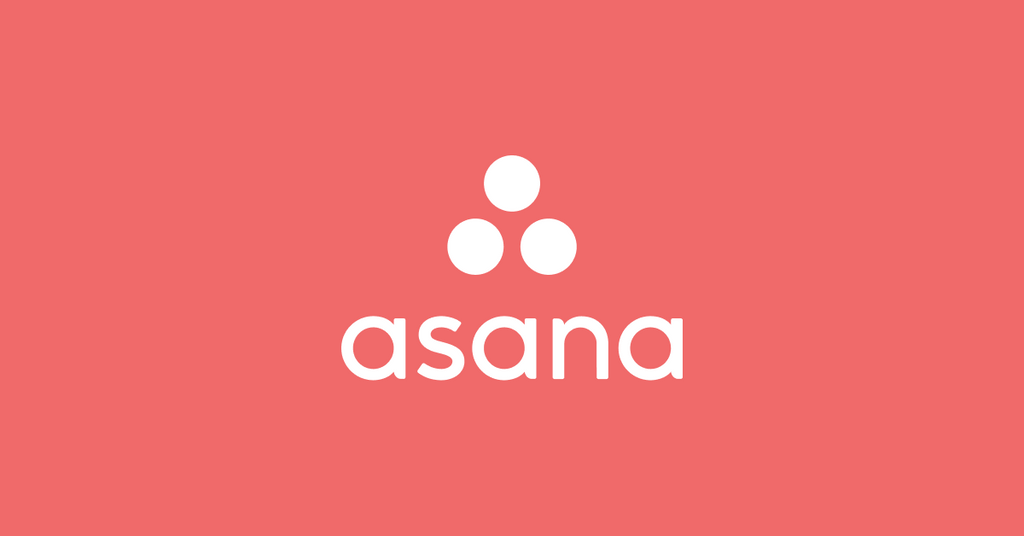
Asana Delete a Portfolio Integration
$0.00
The Asana Delete a Portfolio Integration API endpoint is designed for developers to programmatically remove third-party integrations from a portfolio within the Asana project management tool. A portfolio in Asana is a collection of projects that you can monitor and manage together. This API endpoint can be particularly useful in several scenario...
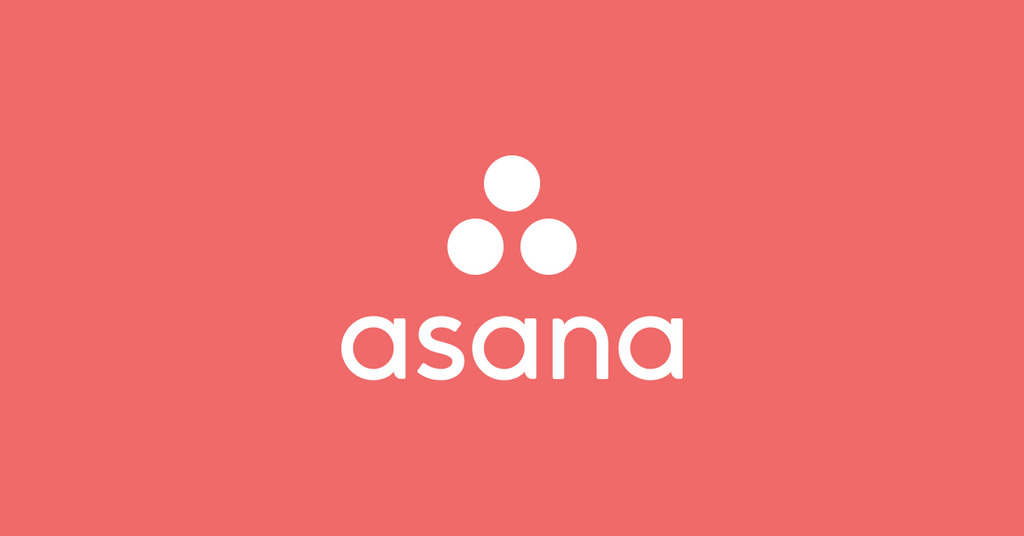
Asana Delete a Project Integration
$0.00
Asana is a popular project management tool that allows users to create tasks, projects, and collaborate with team members. For those who choose to integrate Asana with other services or create their own applications using Asana's API, one of the available endpoints is the ability to delete a project. The API endpoint for this is `DELETE /project...
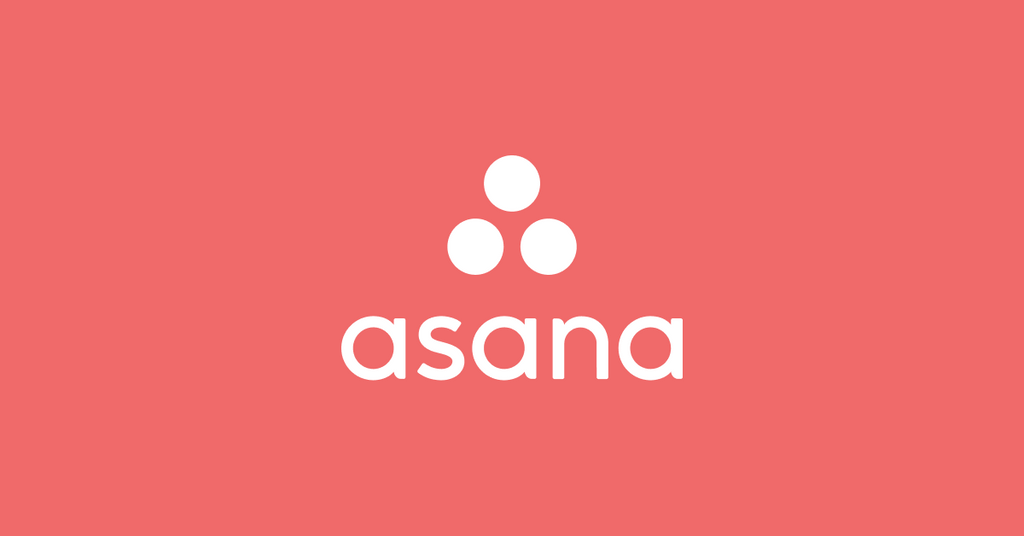
Asana Delete a Project Section Integration
$0.00
Asana is a powerful project management tool that helps teams organize and track their work. The Asana API provides developers with the ability to interact with Asana's platform programmatically to automate tasks, integrate with other applications, and create custom solutions. The specific API endpoint "Asana Delete a Project Section Integration...
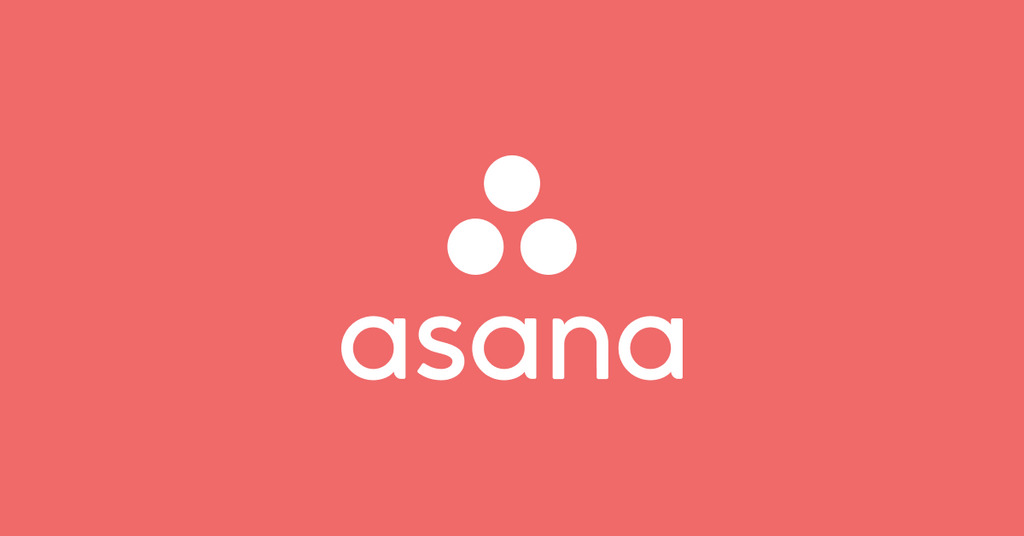
Asana Delete a Project Status Integration
$0.00
```html Asana Delete a Project Status API Endpoint Asana Delete a Project Status API Endpoint The Asana Delete a Project Status API endpoint is a part of Asana's suite of API endpoints that allow developers to integrate their applications with the Asana project management platform. This particular endpoint ...
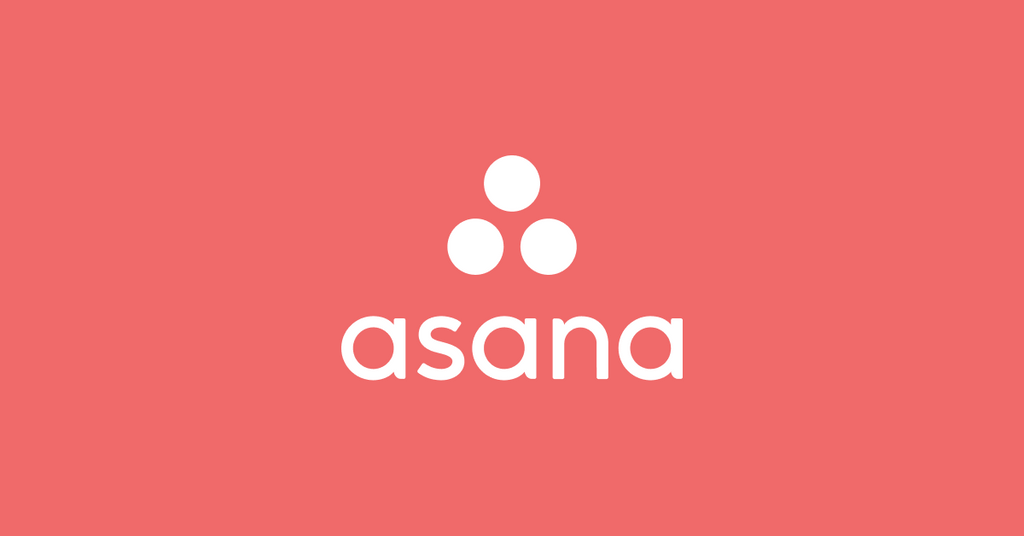
Asana Delete a Story Integration
$0.00
Understanding and Utilizing the Asana Delete a Story API Endpoint Asana is a popular project management tool that helps teams organize, track, and manage work. One of the features of Asana is the ability for users to share updates or comments within tasks, known as "stories." However, there may be instances where a story may need to be ...
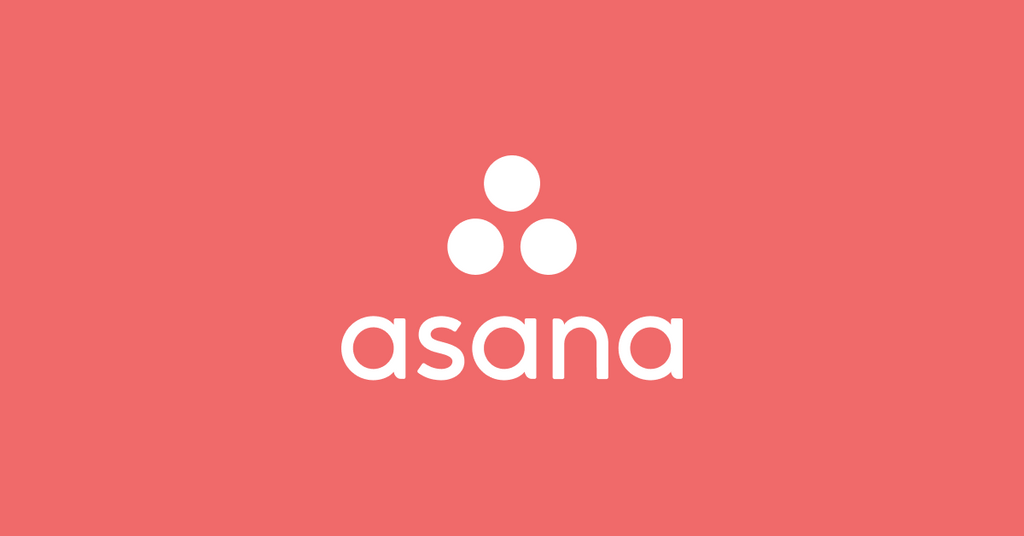
Asana Delete a Task Integration
$0.00
What Can Be Done with the Asana Delete a Task API Endpoint? The Asana Delete a Task API Endpoint is a part of Asana's suite of Application Programming Interfaces (APIs) that allows developers to programmatically interact with the Asana platform - a project management tool used to organize and track the progress of tasks and projects. This speci...
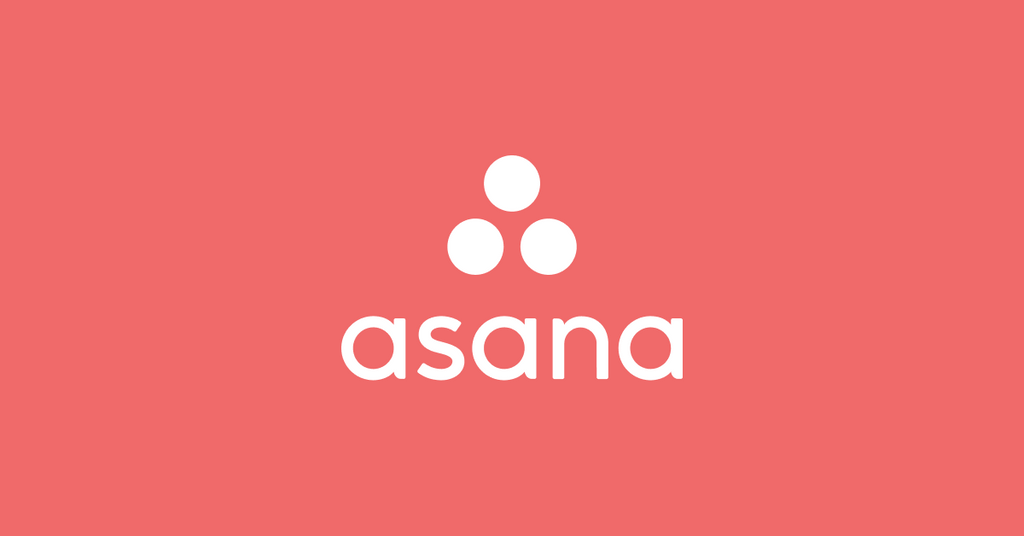
Asana Delete an Attachment Integration
$0.00
Asana Delete an Attachment Integration API Endpoint The Asana API provides developers with the ability to interact with the Asana project management platform programmatically. One of the functionalities offered by the Asana API is the deletion of attachments from tasks within a workspace or organization. An API endpoint such as 'Delete an Attac...
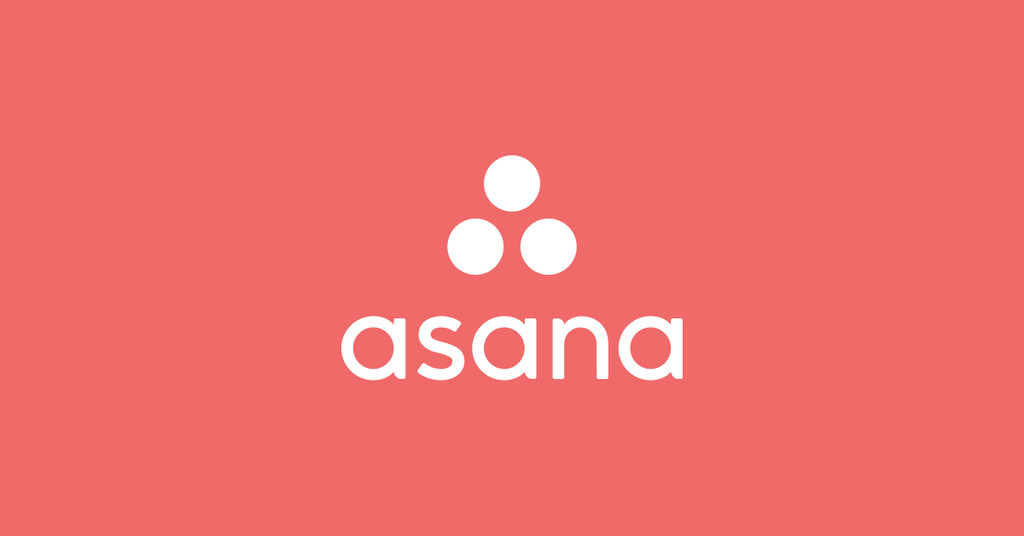
Asana Duplicate a Project Integration
$0.00
Exploring the Asana Duplicate a Project Integration API Endpoint The Asana Duplicate a Project Integration is an API endpoint provided by Asana that allows for the duplication of an existing project within the Asana project management platform. This can be incredibly useful for several use cases, such as managing recurring projects, creating pro...
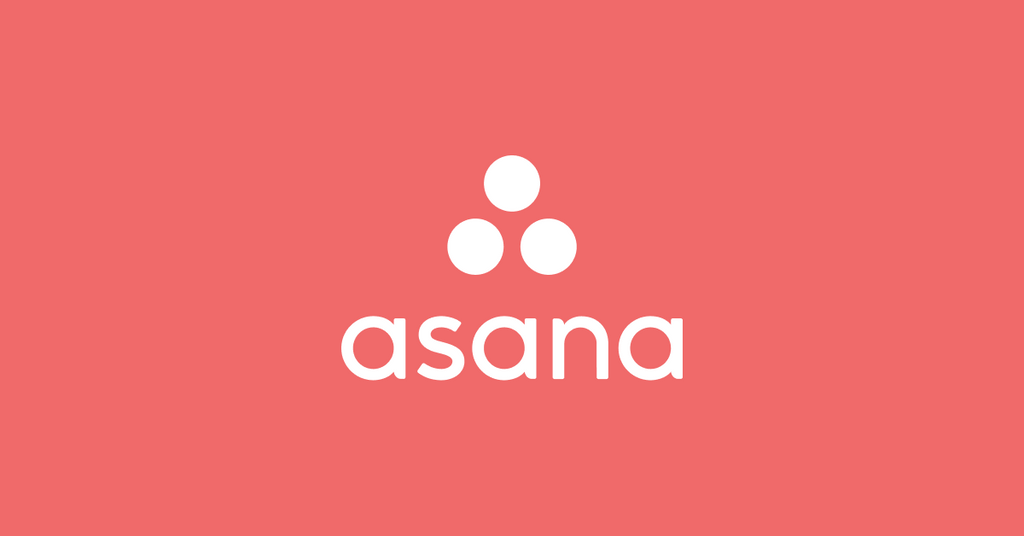
Asana Duplicate a Task Integration
$0.00
```html Understanding Asana Duplicate a Task Integration Asana Duplicate a Task Integration Asana is a collaborative work management platform that helps teams organize and track the progress of their projects and tasks. A common feature users may need is the ability to duplicate tasks. This i...
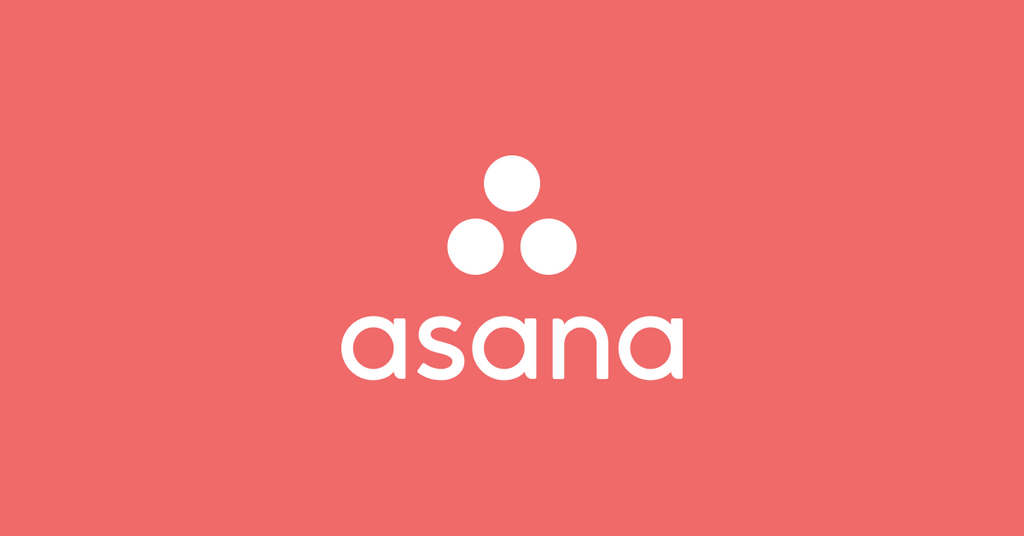
Asana Get a Custom Field Integration
$0.00
The Asana API provides developers with a set of endpoints for managing and automating Asana, a popular project management tool. One of these endpoints is the "Get a Custom Field" endpoint. With this API endpoint, developers can retrieve information about a specific custom field already set up in an Asana workspace or organization. A "custom fiel...
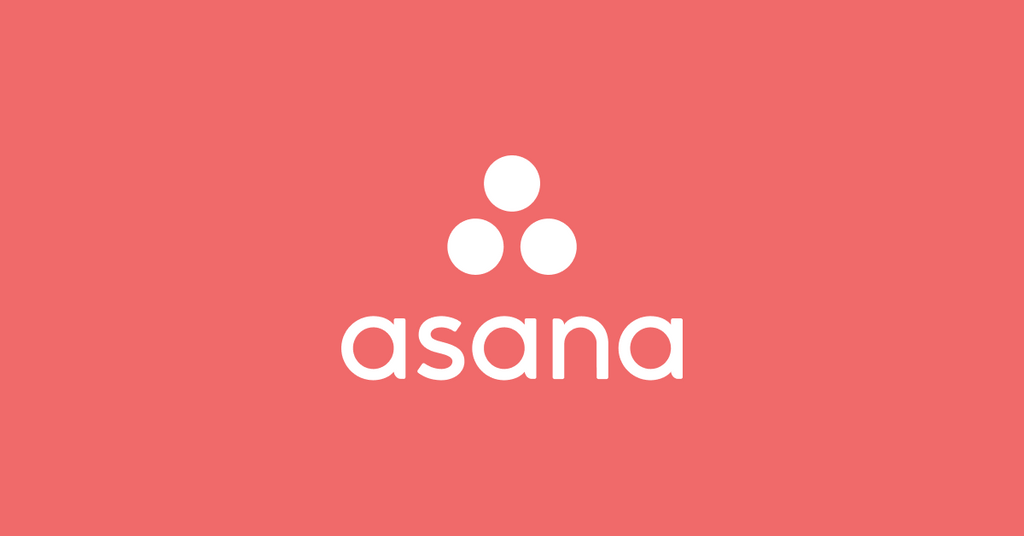
Asana Get a Goal Integration
$0.00
The Asana Get a Goal Integration API endpoint is a feature within the Asana project management platform that allows users to retrieve information about the integrations related to a specific goal within their Asana workspace. It is designed to facilitate the tracking and management of goals by integrating various tools and services for a cohesiv...
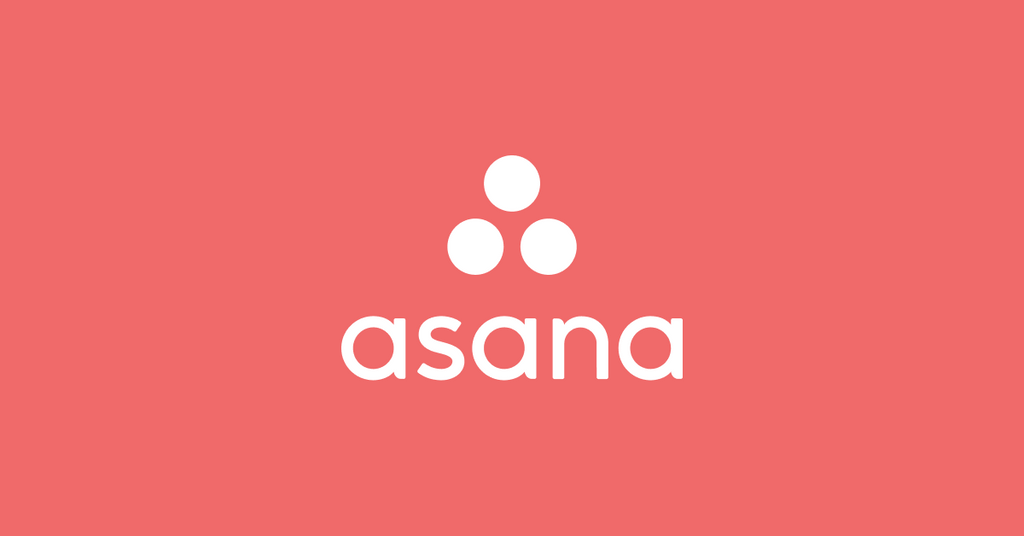
Asana Get a Portfolio Integration
$0.00
The Asana Get a Portfolio Integration is an API endpoint provided by Asana for its project management platform. Using this endpoint, developers can retrieve detailed information about a specific portfolio, which is a collection of projects. Portfolios in Asana help users manage and monitor groups of projects and initiatives. By using this API en...
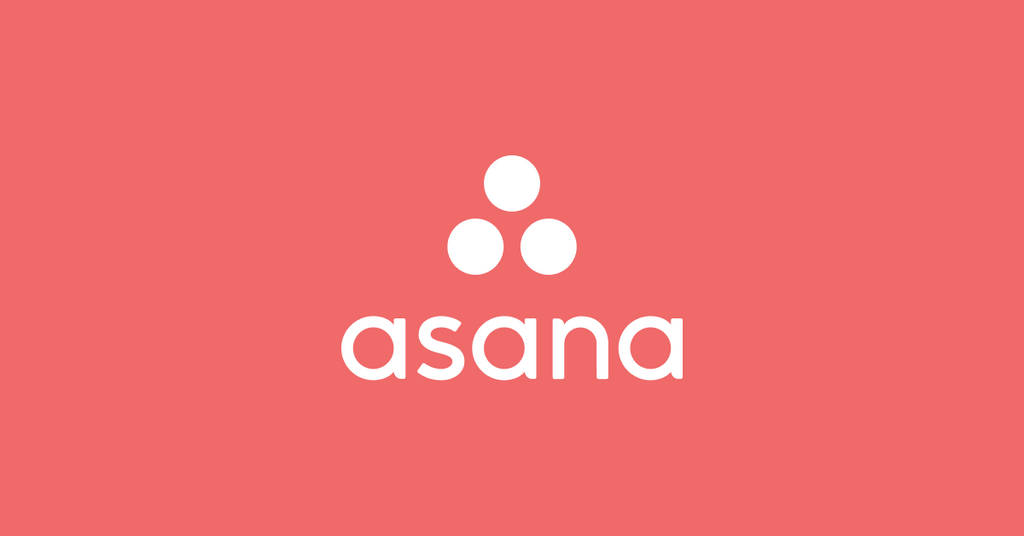
Asana Get a Project Custom Field Integration
$0.00
The Asana Get a Project Custom Field Integration API endpoint is designed for developers and project managers who want to extract specific custom field information associated with a project within the Asana task and project management software. This endpoint is particularly useful for applications that need to sync or analyze project metadata in...
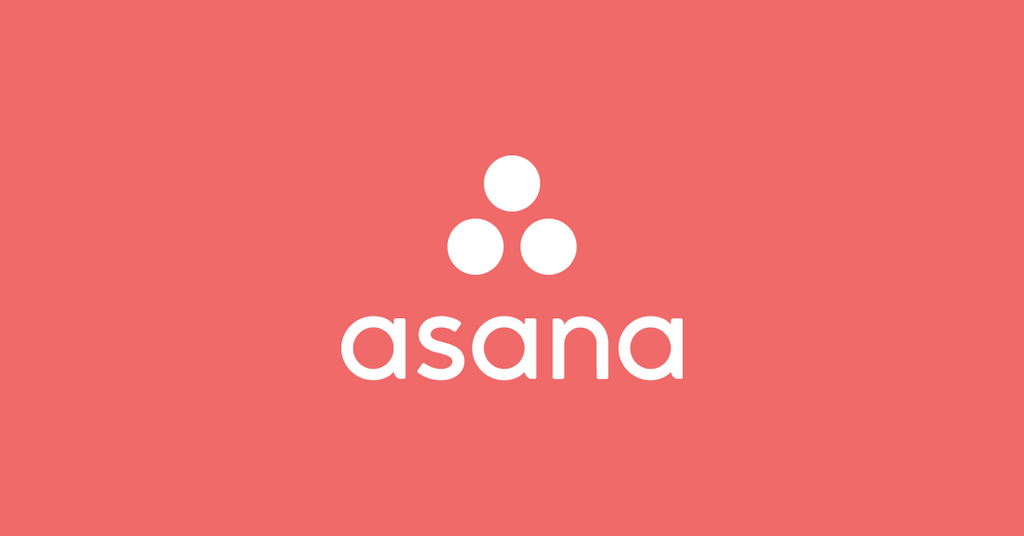
Asana Get a Project Integration
$0.00
Understanding the Asana Get a Project Integration API End Point Asana is a popular project management tool widely used to facilitate team collaboration and work management. One of the key features of Asana is its ability to integrate with various third-party applications and services, enhancing its functionalities to cater to diverse workflow r...
Collections
- 0CodeKit Integrations
- Accounting
- ACH Processing
- Active Campaign
- Ai Automations and Integrations
- Aircall
- All Integrations
- Annuities
- ATS
- Auto & Home
- BI and Analytics
- Brand Management
- Bullhorn Integration Endpoints
- Business Infrastructure
- Business Operations
- Business Retirement Plans
- Business Systems
- Card Access
- CCaaS
- Clio Integrations
- Cloud Services
- Connectivity, MPLS, Private Line
- Cost Reduction
- CPaaS/SIP
- Customer Relationship Management
- Data Center
- Developer Platforms
- Development
- E-Commerce
- E-Commerce Software
- eREIT
- Field Service Automations and Integrations
- Finance Automations and Integrations
- Financial
- Fire Alarm Systems
- Fleet Tracking
- FTP Hosting
- Gift Card & Loyalty
- Google Sheets
- Graphic Design
- Health
- Healthcare Software
- HR and HCM Automations and Integrations
- HR Software
- Human Resources
- Implemenation
- Insurance
- Integrate RingCentral With Monday.com
- Integrations
- International
- Intrusion Systems
- Investments
- Invoicing
- Invoicing and Contract Software
- Lead Generation
- Learning Management
- Legal
- Legal Services
- Long Term Care
- Managed Investments
- Managed Services
- Marketing
- Marketing
- Marketing Automations and Integrations
- Micro Funding
- Mobile Payments
- Mobility/IoT
- Monday.com Integrations
- Mutual Funds
- Other
- Others Software
- Outsourced Sales
- Pay Per Click
- Payment Processing
- Payroll
- Phone Systems
- Photography
- Pre-Paid Legal
- Print & Promotional
- Process Implementation
- Product Management
- Productivity
- Productivity & Efficiency Improvement
- Project Management
- Recuritment
- Recurring Payments
- RingCentral Integrations
- Sales Software
- Sales Training
- SD-WAN
- Search Engine Optimization
- Security
- Security and IT Management
- Security Systems
- Sling Scheduling Features
- SMS Communication
- Social Media
- Social Media Management
- Telecommunications Automations and Integrations
- Term Life
- Top Products
- Twilio Integrations
- UCaaS
- Video Conferencing
- Video Production
- Video Surveillance
- Web Development
- Web Hosting
- Webinar & Screen Sharing
- Workflow Training
- Zoho
- Zoho CRM Integrations
- Zoho Email & Collaboration
- Zoho Finance
- Zoho HR
- Zoho Legal
- Zoho Marketing
- Zoho Sales
- Zoho Service
- Zoho Suites



























